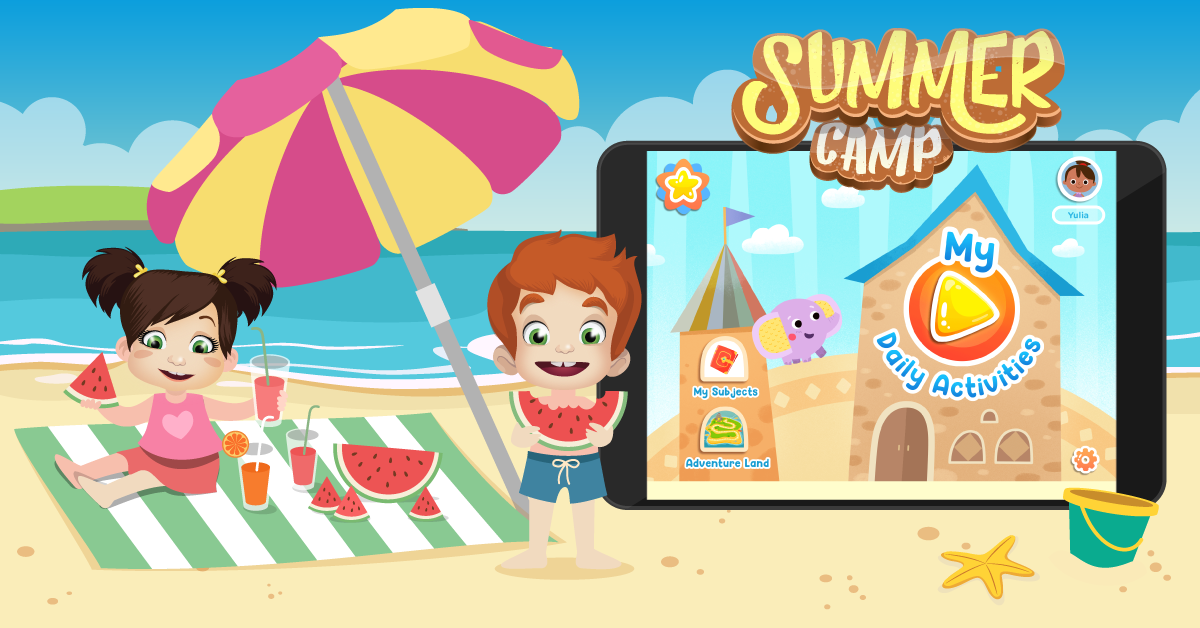Understanding symmetry Normal Worksheets for Ages 4-7
4 filtered results
-
From - To
Explore our engaging "Understanding Symmetry Normal Worksheets" designed for children aged 4 to 7. These worksheets provide a fun and interactive way to introduce young learners to the concept of symmetry through colorful illustrations and relatable examples. Perfect for home or classroom use, they include a variety of activities such as identifying symmetrical shapes, completing patterns, and drawing symmetrical images. Our materials foster critical thinking and creativity while building foundational math skills. Encourage your child's natural curiosity and enhance their understanding of symmetry with these easy-to-use worksheets that make learning enjoyable! Ready to get started? Download today!
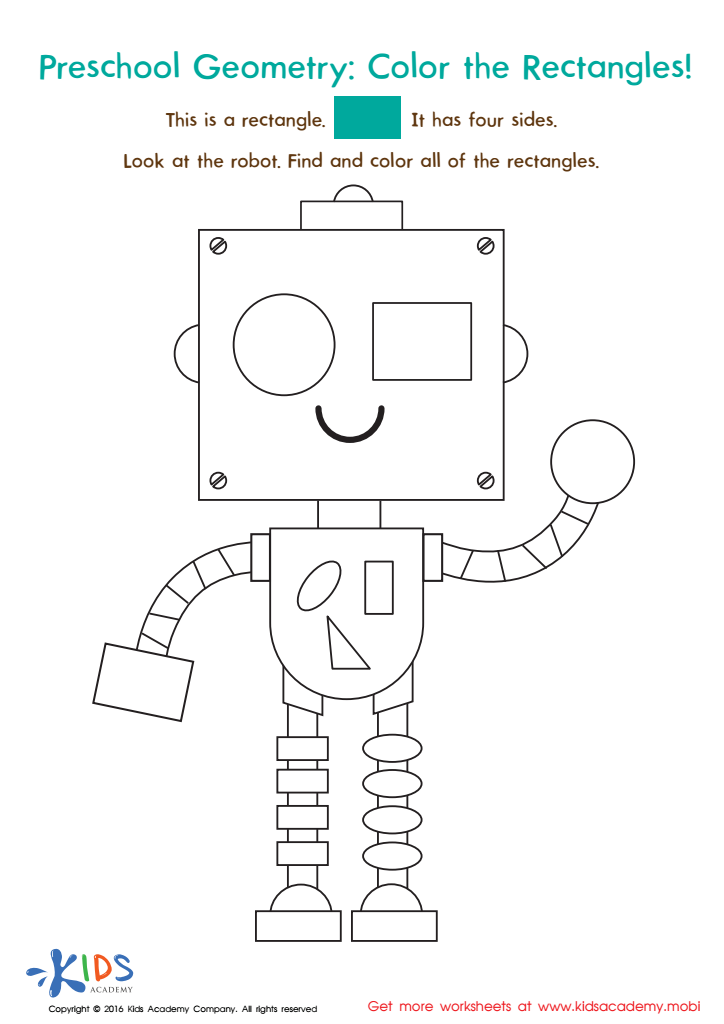

Geometry Worksheet
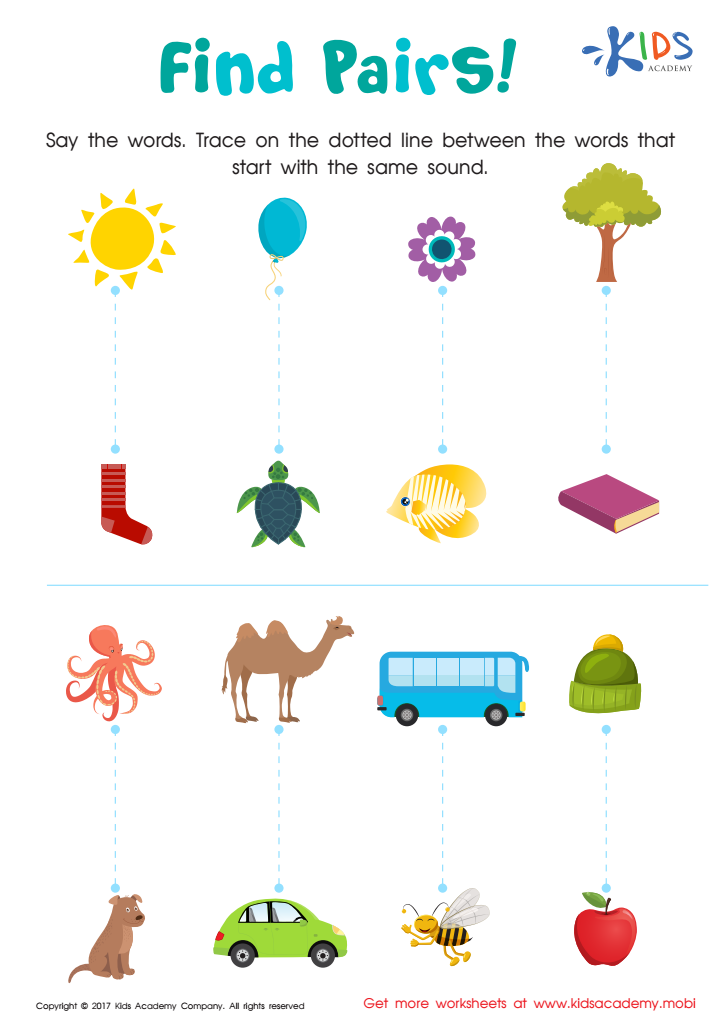

Beginning Sound: Find Pairs Worksheet
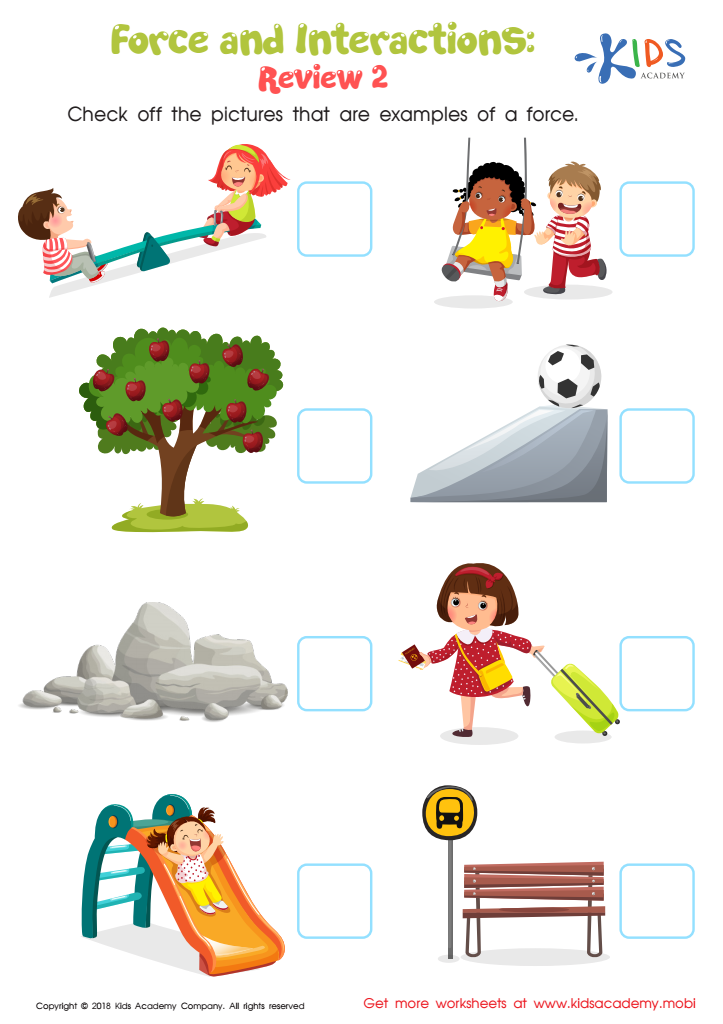

Force and Interactions: Review 2 Worksheet
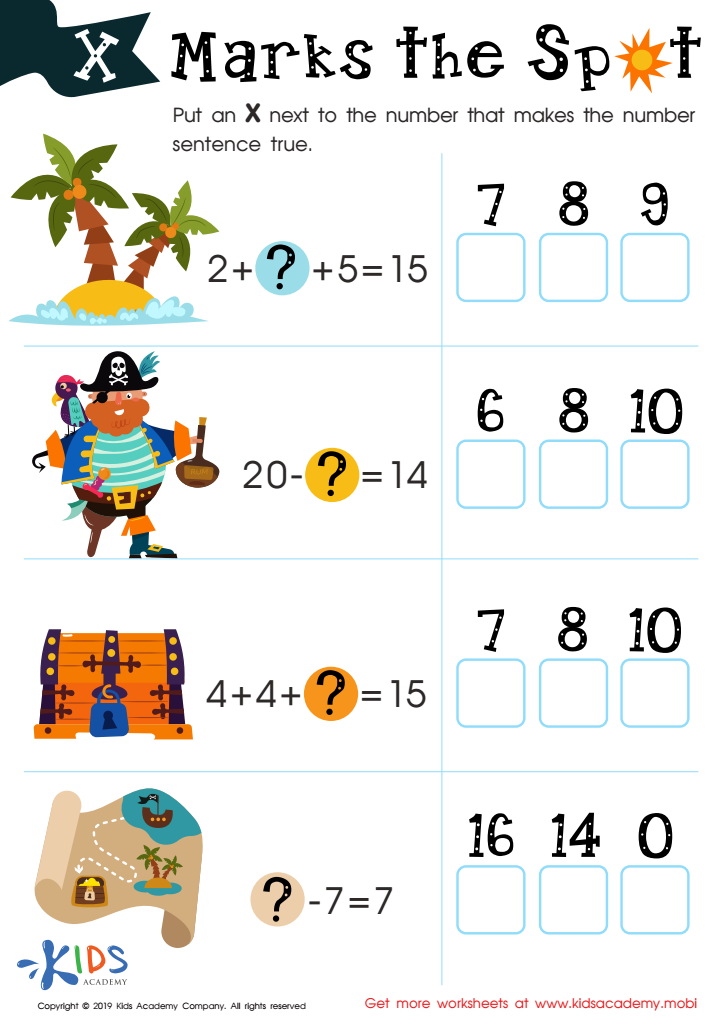

X Marks the Spot Worksheet
Understanding symmetry is crucial for children ages 4-7 as it lays the foundation for mathematical thinking and cognitive development. At this age, children are naturally curious and actively exploring their environment. Learning about symmetry helps them recognize patterns, shapes, and relationships in the world around them. This skill fosters spatial awareness, an essential component of early math skills, as well as critical thinking abilities.
Learning symmetry also enhances creativity, as children engage in various hands-on activities like arts and crafts, where they replicate symmetrical designs or create their own. Such experiences help develop fine motor skills and artisticexpression. Exposure to symmetry in nature, architecture, and everyday objects enriches their observational skills and connects mathematical concepts to real-life situations.
Moreover, understanding symmetry supports early literacy by introducing vocabulary related to shapes and positional concepts, enhancing their communication skills. As children encounter symmetrical patterns in math, they gain a solid start in geometry, setting them up for future academic success.
In summary, teaching symmetry to young children is vital, as it not only builds essential mathematical foundations but also promotes creativity, observational skills, and language development—key components of a well-rounded education. Parents and teachers should prioritize these concepts during early learning experiences.
 Assign to My Students
Assign to My Students




.jpg)
.jpg)
